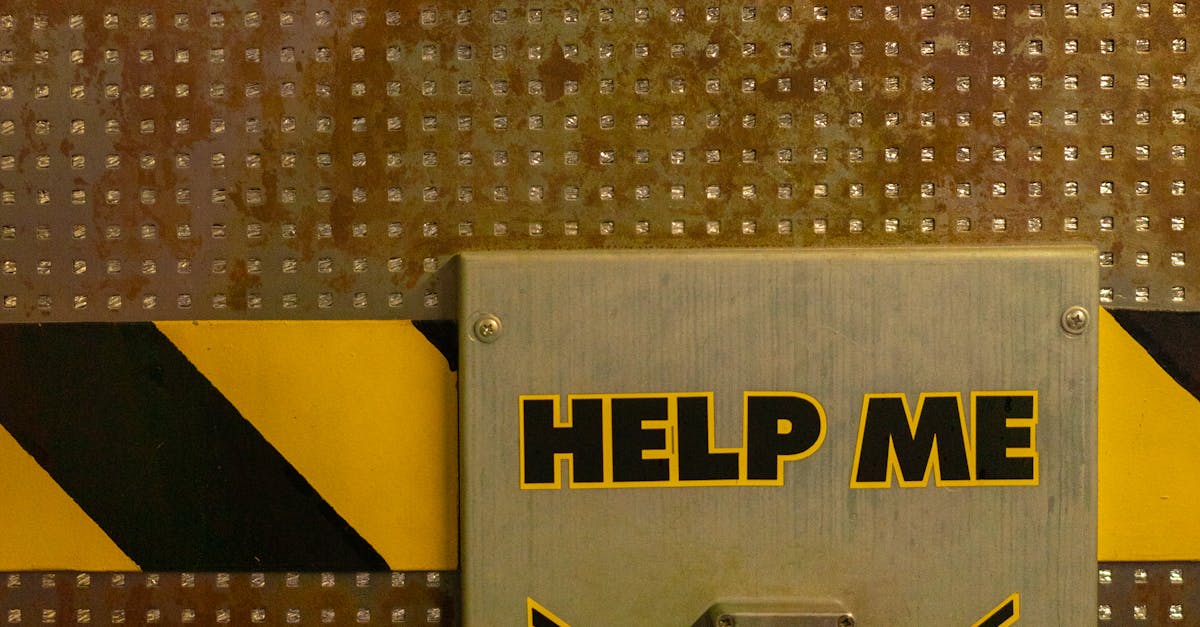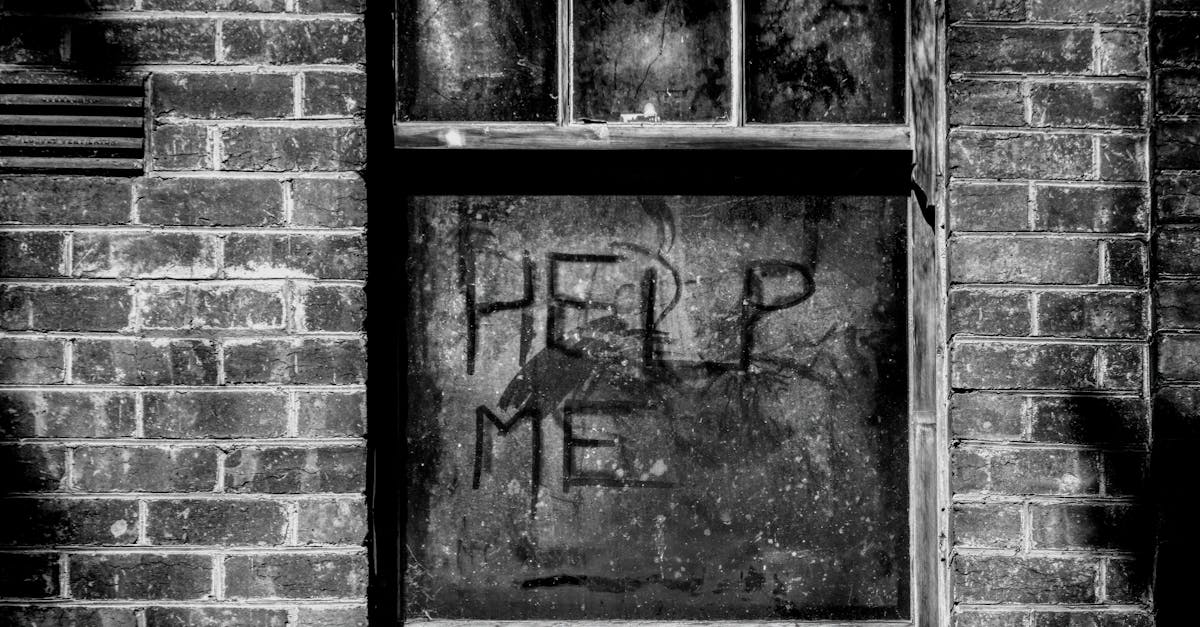
Table Of Contents
Preventive Measures for Clogs
Preventive measures can significantly reduce the frequency of clogs in your toilet. Regularly check the toilet for signs of blockage or slow drainage. It's important to be mindful of what goes down the toilet. Only human waste and toilet paper should be flushed. Items like paper towels, feminine hygiene products, and excessive amounts of toilet paper can lead to major clogs. Keeping trash bins nearby can encourage family members to dispose of non-flushable items properly.
Performing routine maintenance can also help prevent clogs. Inspect the toilet components, such as the flapper and chain, to ensure they are functioning correctly. A malfunctioning flapper can lead to constant filling and flushing, increasing the risk of clogs. Additionally, consider regular cleaning of the toilet bowl with an appropriate cleaner to eliminate any buildup that could contribute to clogs over time. Staying proactive can minimize the need for toilet repairs further down the line.
Tips for Maintaining a Clear Toilet
Regular maintenance is essential for keeping your toilet clear and functional. Avoid flushing inappropriate items such as wipes or feminine hygiene products. These can cause significant blockages. It’s helpful to educate all household members on what is acceptable to flush. Additionally, using the toilet bowl brush to clean the sides regularly can prevent buildup from leading to clogs.
A proactive approach can save you from costly toilet repairs in the long run. Consider using enzyme-based cleaners or baking soda and vinegar on a monthly basis to dissolve any buildup. This not only keeps the toilet clean but also helps maintain proper flow. Regular inspections for any signs of leaks or corrosion can further enhance your toilet's performance and longevity.
Dealing with Hard Water Buildup
Hard water can lead to mineral deposits that accumulate over time, significantly impacting the performance of your toilet. These deposits may restrict water flow and affect flushing efficiency. Regular cleaning can help manage this buildup. Consider using descaling agents specifically formulated to dissolve hard water deposits. Vinegar or a commercial toilet bowl cleaner can also be effective solutions for removing this residue.
In cases where mineral buildup persists despite regular cleaning, you may need to consult a plumber for more extensive toilet repairs. They can assess whether the internal components of the toilet, such as the flush valve or fill valve, have been compromised by mineral deposits. Taking proactive steps, like installing a water softener, can also prevent future issues and help maintain optimal toilet function.
Solutions for Mineral Deposits in Toilets
Mineral deposits can accumulate in toilets, leading to clogs and diminished flushing performance. One common solution involves using a mixture of vinegar and baking soda. Pouring this combination into the toilet bowl can help dissolve buildup. Allow it to sit for at least 30 minutes before scrubbing with a toilet brush. This method is both effective and environmentally friendly.
For heavier deposits, a pumice stone can be used to gently scrub the affected areas. Be cautious to avoid scratching the porcelain surface. Regular maintenance can prevent serious issues and reduce the need for more extensive toilet repairs. Implementing these solutions can extend the life of your toilet and enhance its functionality.
Understanding Toilet Design and Function
Toilets are designed with specific mechanisms that contribute to their function and efficiency. There are various types of toilets such as gravity-flush, pressure-assist, and dual-flush models. Each type operates differently, influencing how waste is emptied from the bowl and how water flows through the system. Understanding these designs can be crucial when troubleshooting issues related to clogging. A toilet that consistently clogs may have a flaw in its design or may require toilet repairs to enhance its flushing capability.
The bowl shape and trapway diameter also play significant roles in preventing blockages. A wider trapway tends to have better performance when handling waste, thus reducing the likelihood of clogs. Additionally, the water surface area and height can vary among different toilet models, impacting how effectively solids are pushed through the bowl. Regular maintenance and awareness of your toilet’s design can help in identifying potential problems before they escalate, making toilet repairs more manageable.
How Different Types of Toilets Affect Clogging
The design and type of toilet can significantly influence how often it clogs. Gravity-flush toilets, commonly found in homes, rely on gravitational force to move waste through the plumbing system. This can create challenges if the toilet has a low flow rate or if there’s an obstruction in the trapway. Consequently, regular toilet repairs may be needed to address issues stemming from insufficient flushing power or trapped debris.
On the other hand, pressure-assisted toilets utilize compressed air to force waste down the trapway. These types generally produce a more powerful flush, reducing the likelihood of clogs. However, if issues arise with the pressure mechanism, they can lead to unexpected disruptions in performance. Understanding the mechanics of different toilet types is essential for homeowners. It helps in making informed decisions about upgrades or necessary toilet repairs.
FAQS
What are some common causes of a toilet that keeps clogging?
Common causes include excessive toilet paper use, flushing inappropriate items, hard water buildup, and issues with the toilet's design or plumbing.
How can I prevent my toilet from clogging in the future?
Preventive measures include using less toilet paper, flushing only human waste and toilet paper, regularly cleaning the toilet to remove mineral deposits, and ensuring proper toilet installation.
What should I do if my toilet is clogged and a plunger isn't working?
If a plunger isn't effective, you can try using a toilet auger to break up the clog or consider using a natural drain cleaner. If the problem persists, it may be best to call a plumber for assistance.
How does hard water contribute to toilet clogs?
Hard water can lead to mineral deposits accumulating in the toilet, which can restrict water flow and lead to more frequent clogs.
Are there specific toilets that are less prone to clogging?
Yes, toilets designed with larger trapways and more efficient flushing mechanisms tend to be less prone to clogging compared to older or lower-quality models.



















